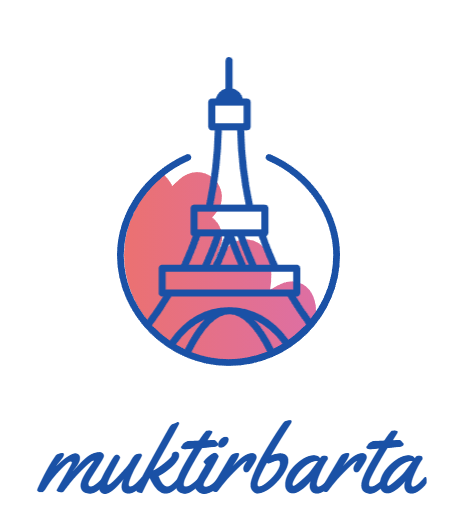The Akan individuals, an ethnic gathering overwhelmingly found in Ghana and Cate d'Ivoire, are eminent for their wealthy social legacy and imaginative ability. Among their numerous aesthetic commitments, earthenware statues hold a noteworthy put. These statues are not creative expressions but social artifacts that offer bits of knowledge about the convictions, traditions, and lifestyles of the Akan individuals. This paper investigates the materials and procedures customarily utilized in making akan terracotta statues often depict, shedding light on these intriguing objects' aesthetics and social noteworthiness.
Materials and Methods in Akan Earthenware Statues
Akan earthenware statues are created from locally sourced clay, blended with added substances for strength. Specialists utilize coiling, squeezing, and slab-building strategies to shape the figures, followed by complicated enhancement. The statues are terminated in open pits or basic ovens, guaranteeing they ended up strong artifacts with social centrality.
Chronicled Setting and Social Noteworthiness
Earthenware craftsmanship has been a crucial portion of the Akan culture for centuries. These statues regularly portray human figures, creatures, and typical themes that pass on different angles of Akan life and the most profound sense of being. Verifiably, earthenware statues were utilized in different settings, including funerary hones, genealogical revere, and commemorative artifacts. The creation and utilization of these statues were profoundly interlaced with the Akan people's convictions approximately the the great beyond, the significance of family lines, and the worship of the expired.
Materials Utilized in Akan Earthenware Statues
The essential fabric utilized in Akan terracotta statues is clay, which is inexhaustibly accessible within the districts possessed by the Akan individuals. The choice of clay isn't just a matter of accessibility; it moreover holds typical importance. In numerous African societies, counting the Akan, clay is related to the soil and is accepted to have otherworldly properties. The method starts with the choice of high-quality clay, which is at that point cleaned to evacuate debasements. The clay is frequently blended with other characteristic materials, such as sand or grog (pulverized earthenware), to improve its workability and solidness.
Methods of Forming and Modeling
The creation of Akan earthenware statues includes a few perplexing strategies for forming and modeling. The statues are regularly handcrafted, with the craftsman utilizing a combination of coiling, pinching, and slab-building methods. Coiling includes rolling the clay into long, lean strips that are at that point layered and smoothed to create the required shape. Squeezing includes forming the clay by squeezing it between the fingers, whereas slab-building includes rolling the clay into level sheets that are cut and collected. The craftsman fastidiously shapes the highlights of the statue, paying near consideration to subtle elements such as facial expressions, clothing, and embellishments.
Utilizing Gauth for Homework Help: A Speedy Direct
Utilizing Gauth to do homework can be effective and direct. Here are three straightforward steps to get begun:
Input Your Homework Issue:
Sort or glue the specific homework question or issue you would like to offer assistance with into the Gauth app or site.
Analyze the Reaction:
Gauth will give an arrangement or clarification. Audit the steps and reasoning to get how the issue is fathomed.
Audit and Learn:
Check on the off chance that the arrangement matches your desires. On the off chance that is required, refine your understanding by asking follow-up questions or looking for extra clarifications to get a handle on the concepts superior.

Conclusion
The creation of Akan earthenware statues may be a complex and capable preparation that reflects the aesthetic ability and social values of the Akan people. From the determination of high-quality clay to the perplexing strategies of forming, modeling, and enrichment, each step within the handle is pervaded with meaning and convention. The terminating preparation, even though challenging, guarantees the strength and life span of these social artifacts. Akan earthenware statues are not fair creative manifestations; they are exemplifications of the Akan people's history, convictions, and creative legacy. By understanding the materials and strategies utilized in their creation, we pick up a more profound appreciation for these exceptional works of craftsmanship and the social setting in which they were delivered.


